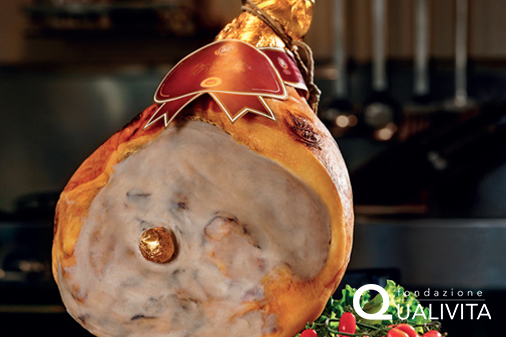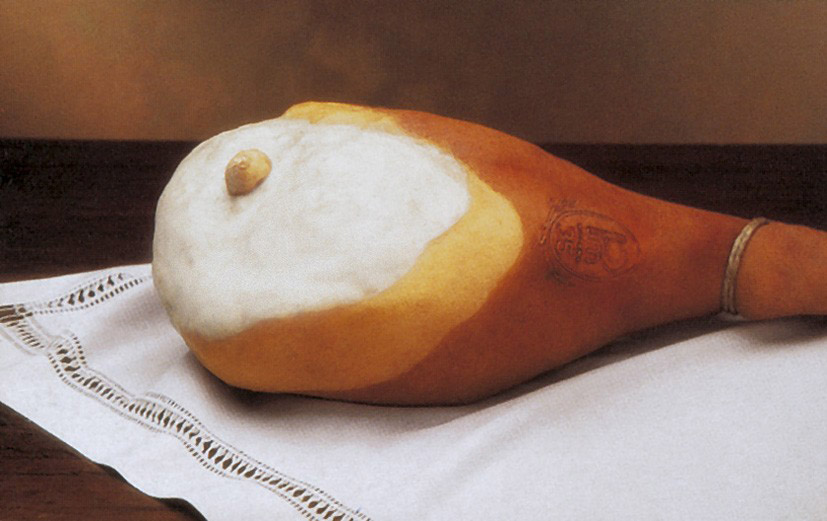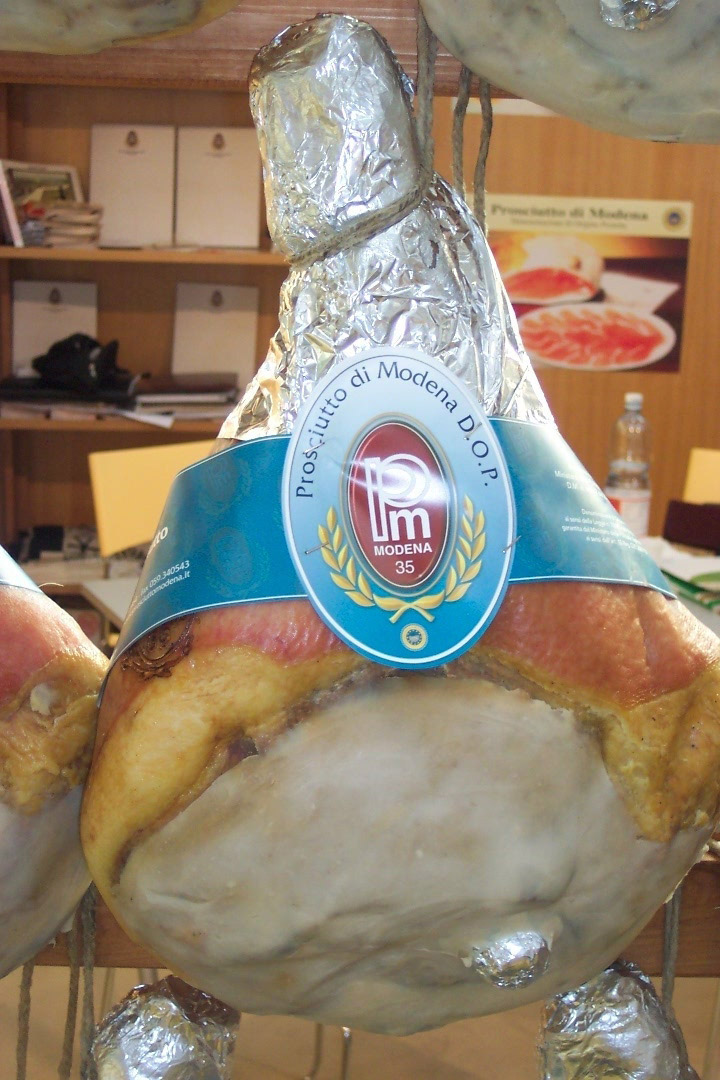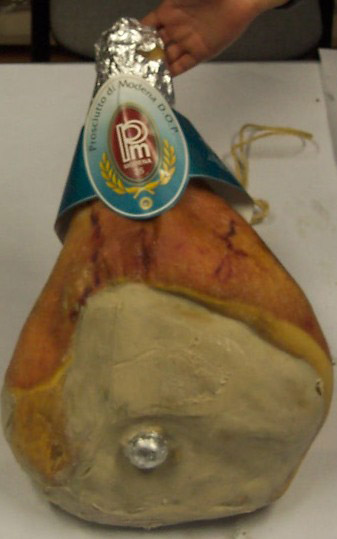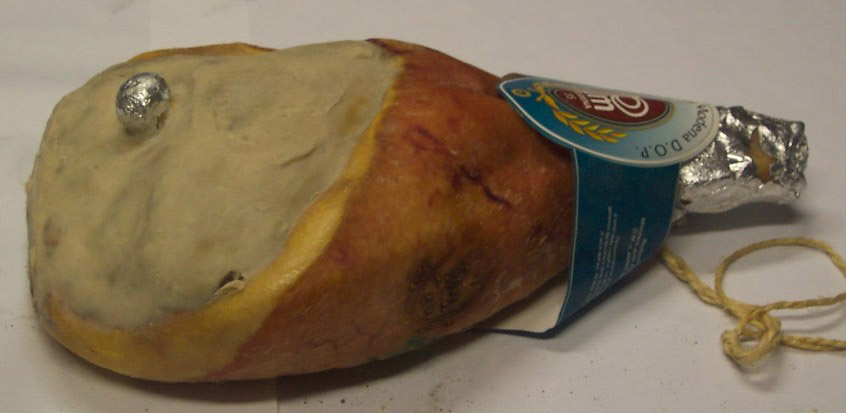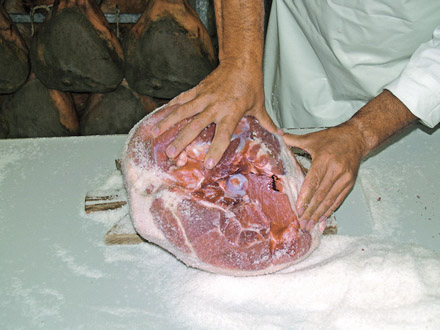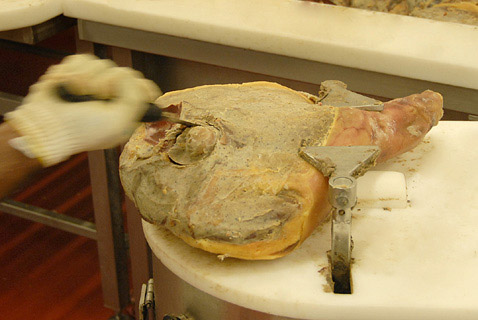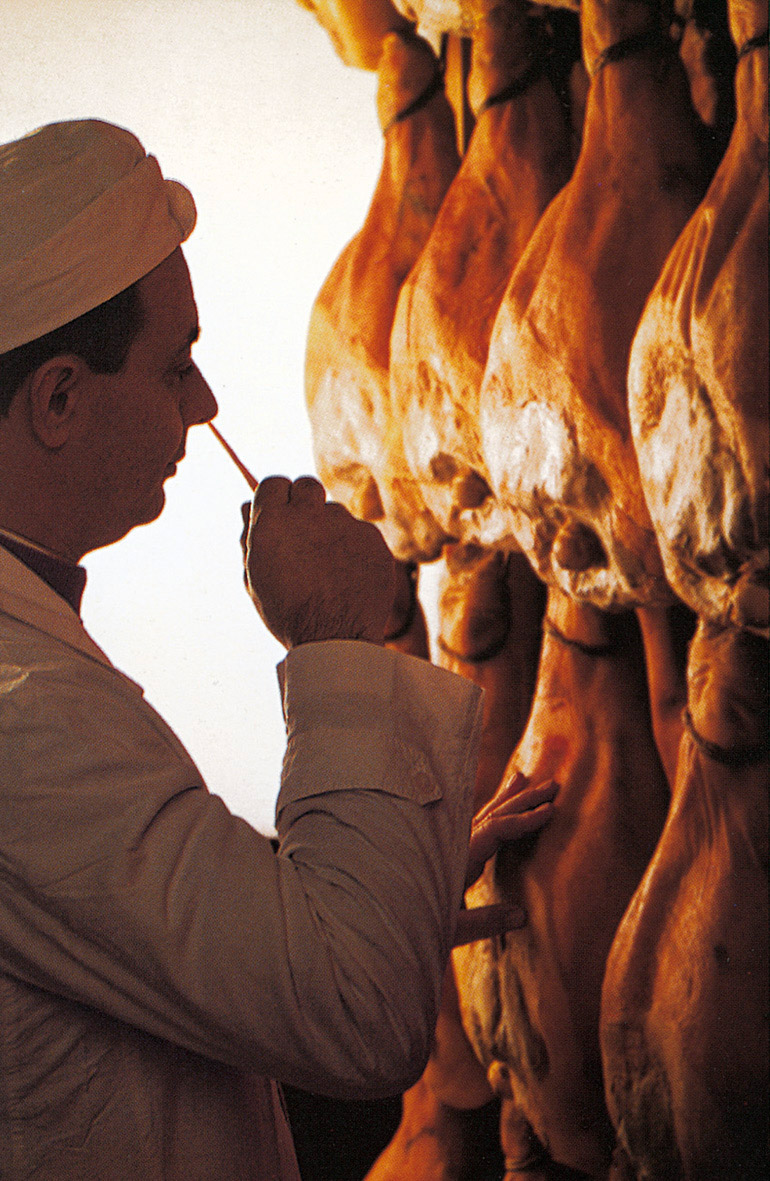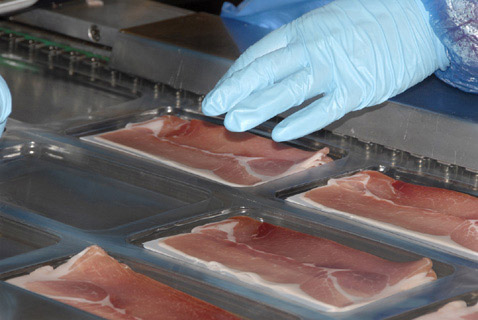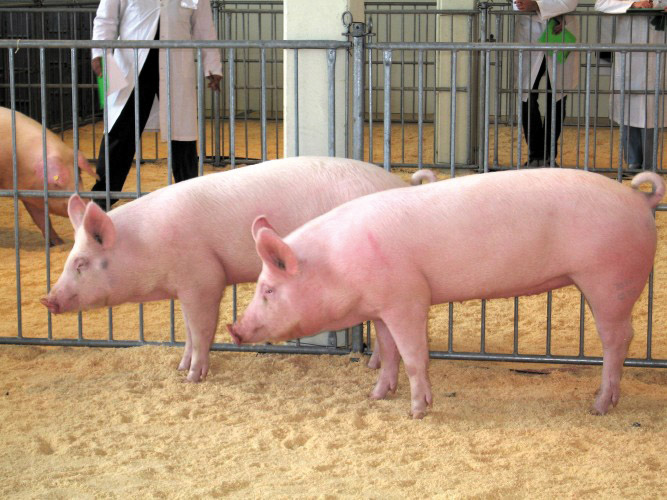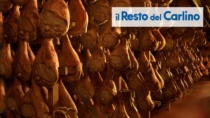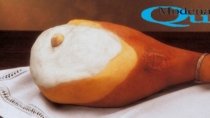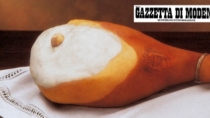Description
Prosciutto di Modena PDO is a raw and cured charcuterie product obtained through the processing of fresh legs from heavy pigs born, reared and slaughtered in the production area, belonging to the Large White and Landrace breeds, or hybrids of other races registered in the Italian Herd Book.
Production Area
The production area of Prosciutto di Modena PDO is within the hilly territory of 34 municipalities in the provinces of Modena, Bologna and Reggio Emilia, in the Emilia-Romagna region. The pigs destined for production must be born, reared and slaughtered in the following regions: Emilia-Romagna, Veneto, Lombardy, Piedmont, The Marches, Umbria, Tuscany, Lazio, Abruzzo and Molise.
Production Method
Immediately after slaughtering, the fresh legs are refrigerated until they reach a temperature of around 0°C. The excess fat covering and part of the rind is then removed by trimming to obtain the ham’s characteristic “pear” shape. The salting process is repeated twice (first and second salting), after which the hams are left to rest for at least 60 days in special rooms with controlled temperature and humidity. In this way, the salt is evenly absorbed by the meat. After the resting period, the legs are washed and dried before curing, which lasts for at least 14 months from the start of processing. The “sugnatura” or “stuccatura” takes place during this period, which involves the exposed part of the ham being covered with a paste of pork fat, salt, spices and rice flour.
Appearance and Flavour
At the end of the curing process, Prosciutto di Modena PDO usually weighs between 8 and 10 kg. When sliced, it is bright red. The flavour is sapid, but not salty, with a pleasant, sweet and intense fragrance.
History
The origins of Prosciutto di Modena PDO can be traced back to the Bronze Age, in conjunction with the first testimonies on pigs being reared as domestic animals. The introduction of preserving meat with salt is attributed to the Celtics, and subsequently to the Romans. Over time, the practice of drying meat by exposing it to air to improve the shelf life and quality became diffused, and it appears that the name “prosciutto” derives from the Latin prae exustus, which means “well dried”. A more recent list of kitchen supplies for Cardinal Rinaldo (1670), found among the papers of the Ducal chambers at the House of Este, makes a distinction between mountain ham and local ham. Hams that were not consumed were used to make dishes that still exist today, such as the famous tortellini pasta, confirming this product’s prestige.
Gastronomy
Prosciutto di Modena PDO should be kept in a cool, dry place. If boned and portioned it is advisable to keep it in the refrigerator. It is best cut in thin slices shortly before serving. Its flavour is fully brought out when eaten with bread, grissini or, in Modena, traditional tigella or crescentina bread, accompanied by other charcuterie products and soft cheeses. It also goes extremely well with melon, fig, and kiwi. Prosciutto di Modena PDO is also used as an ingredient in various dishes: in the filling of traditional fresh pastas, or to add flavour to white meat. It pairs well with white wines and medium-structured reds.
Marketing
The product is marketed as Prosciutto di Modena PDO. It is sold whole, boned or deboned, in pieces or freshly sliced at the delicatessen, unpackaged, vacuum-packed or in modified atmosphere packaging.
Distinctive Features
Aside from the high quality of the meat, Prosciutto di Modena PDO owes its characteristics to the excellent micro-climatic conditions of the production area: a mainly hilly area, with scarce precipitation and constant breezes.





